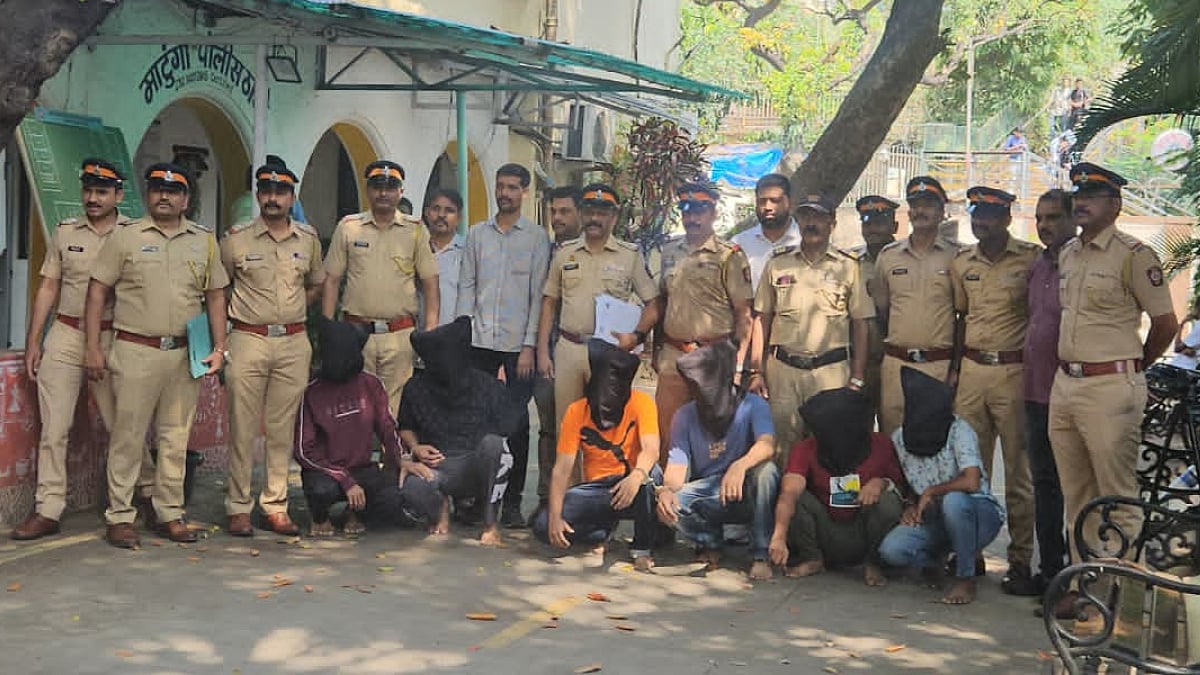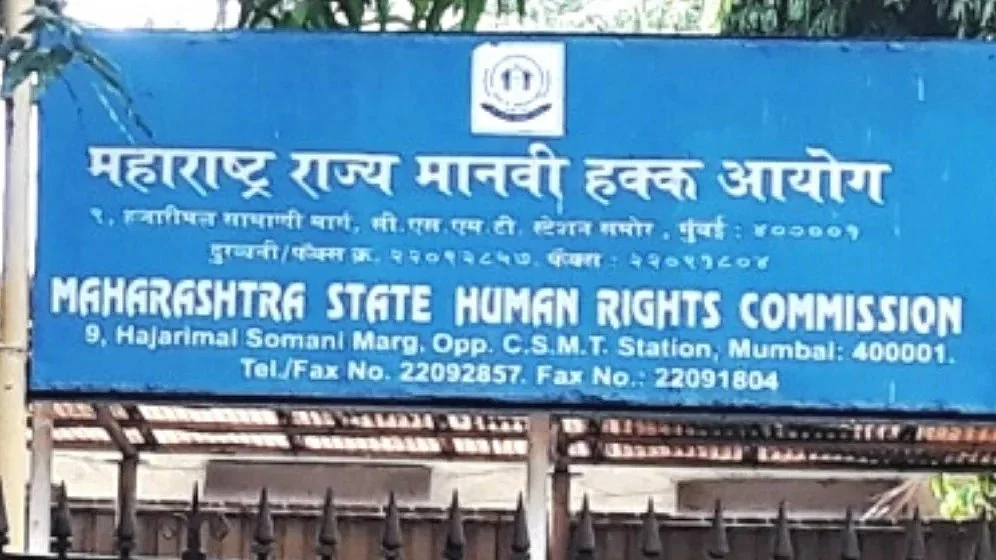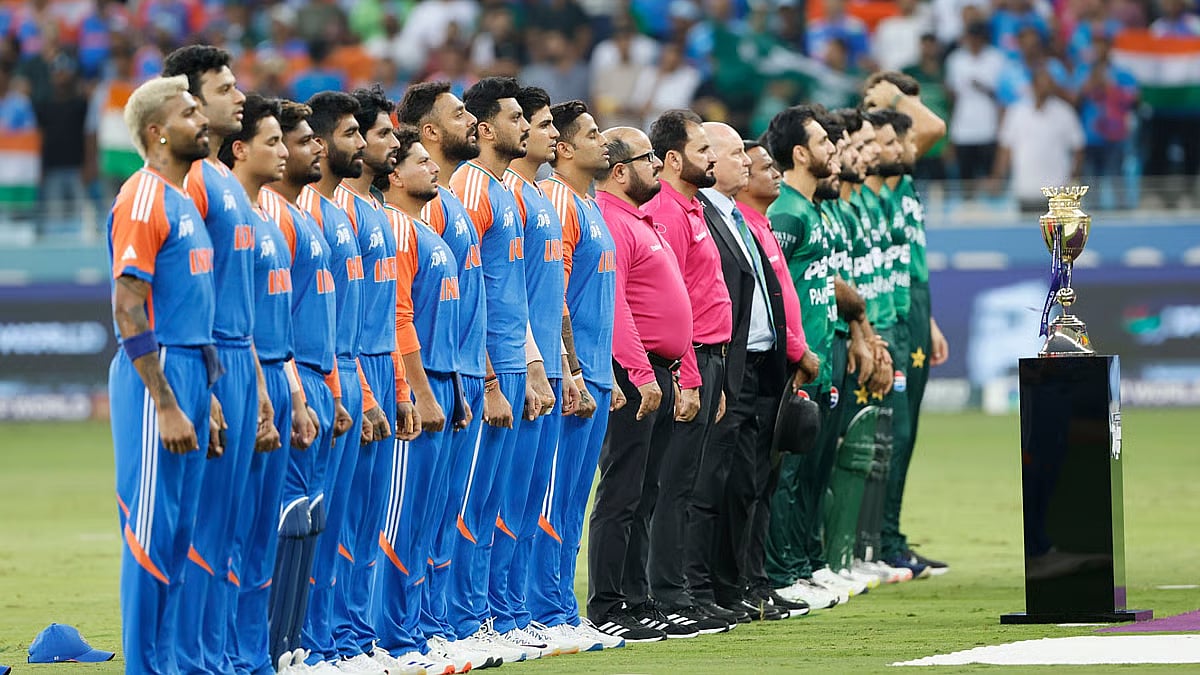Since 2016, the Ministry of Education at the Centre has been publishing an annual ranking of Higher Education Institutions (HEIs) across the country, in different disciplines, under the National Institutional Ranking Framework (NIRF). I propose to summarise the NIRF report, 2025, released in September 2025, in two parts. Part 1 sums up the basic framework of this report and my brief assessment of this framework. In part 2, I will sum up the major findings of this report.
The 2025 report is the tenth edition of this exercise. Throughout this period, the scope of rankings has been gradually broadened to include additional categories and subject areas, leading to a consistent increase in both the number of participating institutions and those ranked across disciplines and categories. The number of institutions has increased from 3565 in 2016 to 7692 in 2025 (the total number of applications was 14163 because some institutions applied for more than one category).
The established practice of providing a comprehensive ‘overall’ rank is maintained and complemented by specific rankings within nine key categories and eight subject areas. In addition, this year, a new parameter has been added based on institutional contributions to Sustainable Development Goals (SDGs) to reflect their broader societal impact. Also, negative marks are assigned to institutions based on the number of retracted publications.
To be eligible for ranking, an institution must have a total intake of at least 1000 students in UG and PG courses, except for a few highly focused institutions. Further, at least three batches of full-time students must have graduated from an institution for it to be eligible for registration. In any case, open universities and affiliating universities are not considered for ranking. Also, for the overall and discipline-specific rankings, weights assigned are slightly different for some parameters.
Each institution is required to submit the data in a given format on the NIRF portal. The NIRF is empowered to take up physical checks on data at its own discretion. For research and patents, the NIRF also collects data from internationally available databases.
To assess each institution, five broad parameters are considered as follows:
1. Teaching, Learning and Resources (30) has the following sub-heads: Student strength, including PhD students; faculty-student ratio with emphasis on permanent faculty; faculty with PhDs and experience; financial resources and their utilisation; online education and combined metrics for multiple entry/exit; the Indian knowledge system; regional languages and sustainable living practices.
2. Research and Professional Practice (30) includes publications, quality of publications, IPR and patents (published and granted), projects and professional practice and executive development programmes.
3. Graduation outcomes (20) include metrics for university examinations and the number of PhD students graduated.
4. Outreach and Inclusivity (10) includes regional diversity, women’s diversity, economically and socially challenged students, and facilities for physically challenged students.
5. Perception (10) is the perception of employers and academic peers.
Rankings are assigned based on total scores across these parameters. Among these parameters, research and professional practice have the strongest correlation with overall rankings. Further, while parameters related to teaching, learning, and research environment align with global norms, parameters related to regional diversity, outreach, gender equity, and inclusion of disadvantaged social groups are India-specific. Also, Indian rankings are primarily data-driven, unlike global rankings, which focus more on perception and international participation as measured by international students and faculty.
In the last ten years, India Rankings have significantly influenced institutional practices among HEIs by encouraging benchmarking and data-driven decision-making. It has also encouraged institutions to engage in regular self-assessment.
All HEIs are assigned an overall rank independent of their discipline. There are also separate rankings for universities, research institutions, degree colleges and further discipline-specific rankings in engineering, management, pharmacy, law, medicine, dentistry, architecture and planning. Each list contains scores for a maximum of the top 100—in some specialised categories, it is less—HEIs.
Though India rankings have now become a critical factor for HEIs in India, they continue to have some significant limitations. For example, Outreach and Inclusivity is a critical element in a highly unequal and diverse society like ours, but it has been assigned a relatively low weightage: only 10 marks out of 100. This is further subdivided into Regional Diversity (RD), Women Diversity (WD), Economically and Socially Challenged Students (ESCS) and facilities for Physically Challenged Students (PCS).
RD represents the regional and international composition of students in an institution with a focus on the regional. The WD sub-heading is disappointing because of the recent debates regarding multiple gender identities and the need to institutionalise them. Women’s diversity does not incorporate this nuanced idea of gender diversity. Further, there is no explanation in the report for why 20% is assumed to be an adequate representation of women among the faculty and senior administration of an institution.

Surprisingly, the number of students from SC, ST and OBC categories are not shown separately despite the specific constitutional mandate to have separate reservations for each category in public HEIs. Instead, they are clubbed together under the sub-heading 'economically and socially challenged students’. Further, the number of students who have fees fully or partially reimbursed by the state and central government, by the institution itself, and from private bodies are not considered for this parameter. Instead, this value is calculated solely in terms of the percentage of undergraduate students whose fees are fully reimbursed by the institutional funds to pursue their degree programmes. Again, we have no explanation as to why this is so. For PCS, there is no information about the number of physically challenged students and/or faculty.
Vrijendra taught in a Mumbai college for more than 30 years and has been associated with democratic rights groups in the city.









